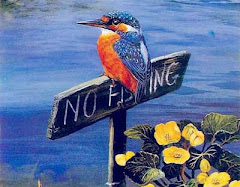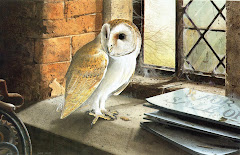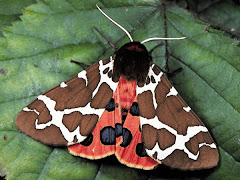De Pangolin of het Afrikaans schubdier komt voor
in laagland-regenwouden en graslanden te Afrika,
van West-kenya tot Senegal, van India en Sri Lanka tot
Sumatra en Kalimantan en in West-Angola.
A pangolin also scaly anteater or trenggiling, is a
mammal of the order Pholidota.
There is only one extant family(Manidae) and one genus
(Manis) of pangolins, comprising eight species.
There are also a number of extinct taxa. Pangolins have
large keratin scales covering their skin and are the
only mammals with this adaptation.
They are found in tropical regions of Africa and Asia.
The name "pangolin" derives from the Malay word
pengguling ("something that rolls up"). Pangolins are
nocturnal animals, and use their well-developed sense
of smell to find insects. The long-tailed pangolin is also
active by day. Pangolins spend most of the daytime
sleeping, curled up into a ball.
The physical appearance of pangolins is marked
by large, hardened, plate-like scales.
The scales, which are soft on newborn pangolins but
harden as the animal matures, are made of keratin,
the same material of which human fingernails and
tetrapod claws are made. The pangolin is often compared
to a walking pine cone or globe artichoke.
It can curl up into a ball when threatened, with its overlapping
scales acting as armour and its face tucked under
its tail. The scales are razor-sharp, providing extra
defense. The front claws are so long that they are
unsuited for walking, and so the animal walks with its
fore paws curled over to protect them. Pangolins can
also emit a noxious smelling acid from glands near the
anus, similar to the spray of a skunk.
Pangolins have short legs, with sharp claws which they
use for burrowing into termite and ant mounds,
as well as climbing.
The size of pangolins varies by species,
ranging from 30 cm to 100 cm (12 to 39 inches).
Females are generally smaller than males.
De fysieke verschijning van Schubdieren wordt
gekenmerkt door grote, gehard, plaatvormige schalen.
De schalen, die zacht zijn voor pasgeboren Schubdieren
maar hard als het dier volwassen wordt, zijn gemaakt
van keratine, hetzelfde materiaal waarvan de menselijke vingernagels en klauwen worden gemaakt.
Het schubdier wordt vaak vergeleken met een
wandelende dennenappel of Artisjok.
Het dier krult op in een bal als ze bedreigd worden,
met zijn overlappende schubben die als pantser dienen en
hun gezicht verschuilen ze dan onder hun staart.
De schalen zijn messcherp, ze verstrekken een
extra verdediging. De voorste klauwen zijn zo lang
dat ze ongeschikt zijn om op te lopen, daarom loopt
het dier met zijn voorpoten opgekruld
meteen om hem te beschermen.
Schubdieren kan ook een schadelijk zuur uit klieren
uitstoten bij de anus, vergelijkbaar met de spray
van een stinkdier. Schubdieren hebben korte poten
met scherpe klauwen die zij gebruiken voor het graven
in termieten en mieren heuvels, evenals om te klimmen.
De grootte van Schubdieren varieert per soort, variërend
van 30 cm tot 100 cm (12 tot 39 inch).
Vrouwen zijn over het algemeen kleiner dan mannetjes.

8 known Species of Pangolins!
-Manis culionensis- Palawanschubdier
-Manis gigantea- Giant Pangolin (Reuze)
- Manis temminckii- Ground Pangolin (Steppen)
-Manis tricuspis- Tree pangolin (Boom)
-Manis tetradactyla- long-tailed pangolin (Langstaart)
-Manis crassicaudata- Indian Pangolin
-Manis pentadactyla- Chinese Pangolin
-Manis javanica- Javaans schubdier






































6 opmerkingen:
He is the cutest!!!
Dear Anna,
I found you via the wonderful Dutchess! You have a most enchanting garden and your creature features are very, very fun! I just love the bloggers from the Netherlands...you are all so kind, love gardens and animals, and have become my favorite blogging friends! Thank you for an uplifting start to my morning. Anita
Something about this animal remind me of a hedgehog.
Leuk die informatie. Dat kopje heeft wel wat weg van dieren die miljoenen jaren geleden leefden. Mooi diertje! Hebben jullie die momenteel in de opvang?
Lieve groet, Marja
@ Marja
oooh dat zou ik wel willen, maar nee hoor!
deze dieren mogen ze niet houden als huisdier, dus komen ze ook niet gauw in mijn opvang terecht; als we ooit verhuisd zijn, en ik een vergunning heb om een dierentuin zijn, dan hoop ik er ooit eentje via een dierentuin te krijgen...ach wie weet!!! dromen hé?
aparte diertjes zijn het.hele lieve koppie’s.
groetjes inka en andre
Een reactie posten